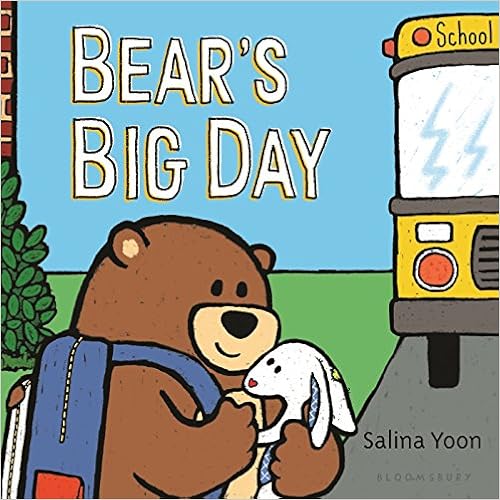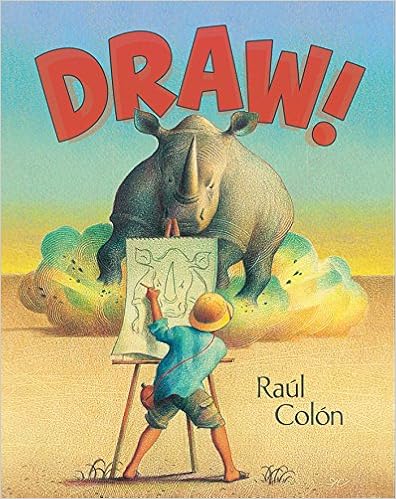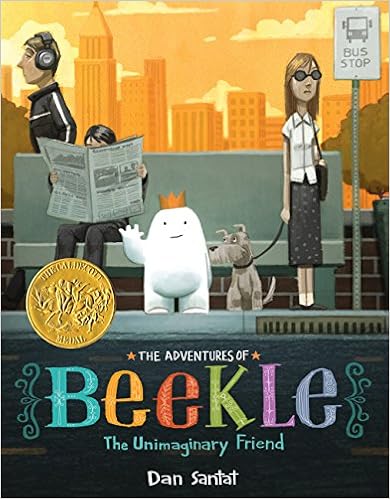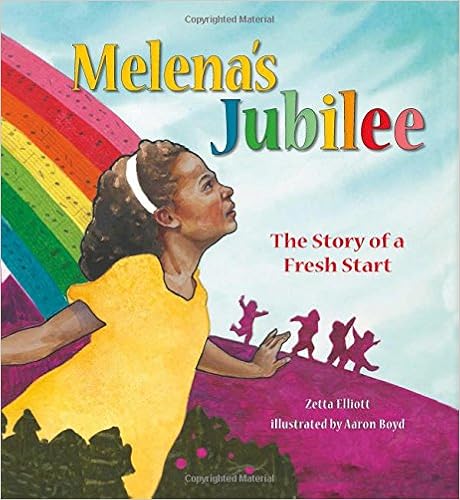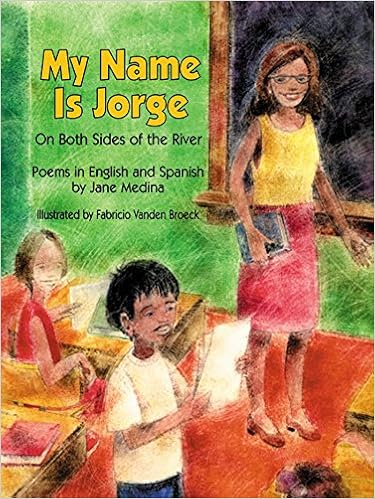I just want to preface this post by saying I love my job. I truly do. There is NOTHING else I can imagine doing with my life other than teaching English to my immigrant and refugee students. Best. Job. Ever.
That being said, this has been an especially hard year, for many reasons. The insane amount of testing we implemented this year in the great state of Ohio was the cause of some of the stress of the year, but I'll write about that and the implications of constant testing on ELL's in another post. We enrolled more emergent ELL's this year at our school than any year past, and the ESL team was the target of some classroom teacher anxiety and hostility because of that. However, we (ESL teachers) love, love, love emergent students, so any negativity thrown at us we eventually deflected with our joy at getting to know our new students and helping them acclimate to their new home. As far as health goes, my daughter and I were sick almost all year. No exaggeration. If a virus was around, it paid us a visit this year. Not fun. As a single parent, she and I are together all the time, so we tend to share everything, including germs. In addition to all of that, this year an ongoing personnel (not personal!) issue came to a head, but even that wasn't the lowest point of the year.
What was the lowest point of my year? The day I lost a student. She wasn't a current student. She attended our school two years before, and she was a student that no one forgets. Nebiat was a sweet and beautiful girl and so, so much more. This girl worked harder than any other student I've had in my years of teaching. She was self-motivated. I didn't have to convince her that learning was important. She knew that, and she demonstrated that knowledge by attacking every lesson in every subject with all of her energy and excitement. Our sweet Nebiat was the student we compared others to, and most students, quite honestly, looked unfavorable compared to her. Nebiat's thirst for learning, and willingness to work hard, are sadly uncommon characteristics in many students these days. In one of her first days in ESL, she shared her shame at being unable to read. After several weeks of working with Nebiat, it was obvious that her difficulty with reading did not lie with her, but rather with poor previous schooling. She grew as a reader, and her confidence grew along with her reading ability. Nothing could stop her. Nebiat could have been ANYTHING she wanted to be, and she wanted to help others. Her bright light was dimmed far too soon, and I'm sad and angry about it.
Nebiat wasn't part of my biological family. She only attended our school for a little over a year. So, why am I so devastated? I almost feel unworthy of my grief. She wasn't my daughter. She wasn't even a current student, although I consider all of my students to be my students for life--regardless of age. So many other people were close to her and deserve to grieve for her. It makes sense for them to feel a grief so deep that it's hard to pull out of it. Why am I feeling this way?
It's because of who Nebiat was as a person. This girl was amazing. After she moved on to middle school, I would still see Nebiat at her apartment complex where I frequently visit to spend time with students and their families. Even if she was in a group of her middle school friends, she always broke away to come over and talk to me. She asked about my daughter and the other ESL teacher she worked with at our school. She excitedly shared what she was learning in school, what her teachers were like, and how her grades were. She told me about her friends and the silliness they got into. That sweet girl would hang out with me and talk for as long as I wanted, never looking over to her friends as if she needed an escape from this crazy teacher who won't stop talking to her! I can't explain how much that meant to me coming from a middle school girl!
Nebiat deserved a long, amazing life. Her short, amazing life touched mine in ways that I probably still haven't realized. I thought her funeral would bring me "closure," but I don't know that there ever is closure when a child dies. I just know that I will never forget her. As cheesy as it sounds, she really will always be in my heart and on my mind as I go throughout my life. I feel a strong need to make sure no one forgets that she was here and that she was amazing. and that I loved her.
I wish I had a book to recommend for teachers dealing with grief over the death of a student. Throughout the past few weeks, I have looked for such a book or article. I needed to know that what I was feeling was normal. I found many resources on how to help students deal with grief, but nothing that was written for teachers. So many of us love our students as if they are our own. When we lose a student, it is a profound loss for us. At least, it is for me and for Nebiat's other teachers. If you know of a book or article that is dedicated to helping teachers deal with the death of a student, please leave a comment below.
Take care of yourselves and your students,
Jacquie

![The Day You Begin by [Woodson, Jacqueline]](https://images-na.ssl-images-amazon.com/images/I/61i-NgstdVL.jpg)
